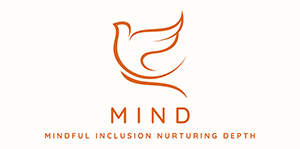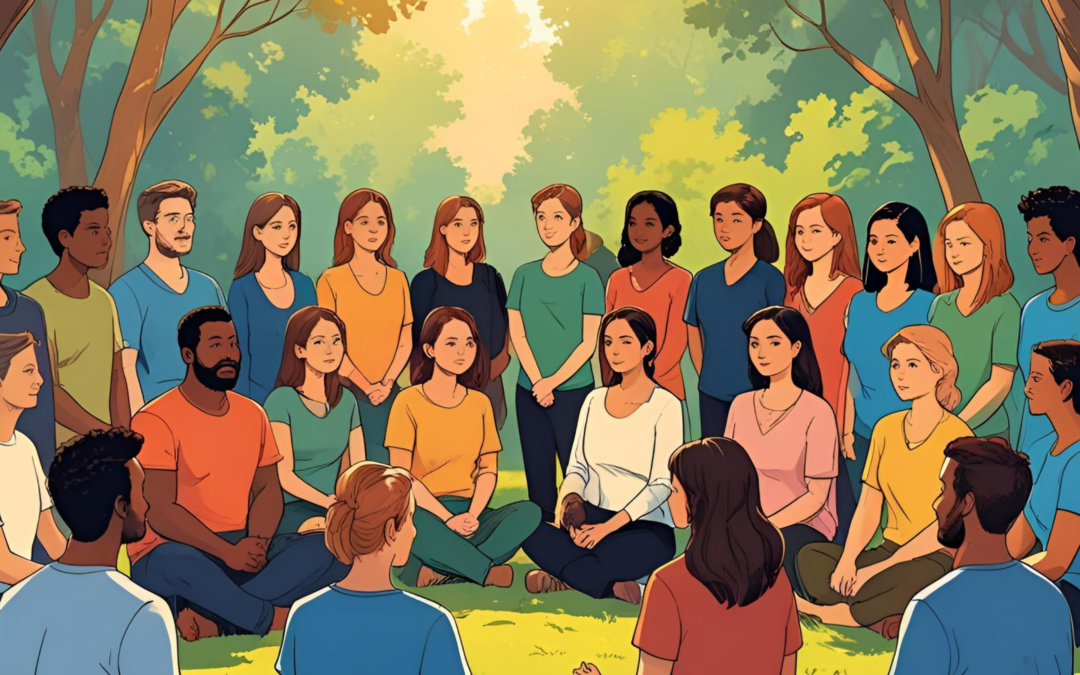🌿 Mental Health & Mindful Inclusion: Creating Safe Spaces for All
In today’s fast-paced world, mental health is no longer a private matter — it’s a community responsibility. As we navigate workplaces, schools, and digital spaces, it’s crucial to foster mindful inclusion — where everyone feels safe, seen, and supported, especially those silently battling mental health struggles.
🧘♀️ What Is Mindful Inclusion?
Mindful inclusion is the conscious, compassionate practice of creating environments where people feel:
Emotionally safe
Accepted
Empowered
…regardless of their mental health status, neurodiversity, or emotional needs.
It combines:
🧠 Mindfulness – Being present, non-judgmental, and emotionally aware
🌍 Inclusion – Welcoming all identities and experiences
✨ It’s not about fixing people. It’s about accepting them, including them, and being aware of how our actions impact others.
💬 Why Mental Health Needs an Inclusive Lens
According to the World Health Organization, 1 in 8 people globally live with a mental health condition — yet stigma and exclusion are still common.
Without inclusive environments, individuals with:
Anxiety
Depression
PTSD
ADHD
…may feel:
Isolated
Silenced
Misunderstood
Mindful inclusion is how we change that.
💡 5 Real-World Ways to Practice Mindful Inclusion
🌱 1. Listen Without Trying to “Fix”
Sometimes, people just want to be heard.
Avoid phrases like:
“Just think positive.”
“You should try yoga.”
“Others have it worse.”
Instead, say:
“That sounds really hard. I’m here for you.”
🧭 2. Use Trauma-Informed Language
Replace labels like:
“Crazy” or “Dramatic”
With:
“They may be overwhelmed.”
“They’re going through something.”
🗣️ Language can build bridges — or walls. Choose mindfully.
🧩 3. Respect Mental Health Boundaries
Normalize when people:
Take social breaks
Ask for space
Say “no” without explanation
Need quiet or flexible schedules
👉 You don’t need to understand it — just respect it.
🤝 4. Practice Consent-Based Conversations
Ask before diving into emotional discussions:
“Can I ask how you’re feeling?”
“Do you want advice or just a listener?”
✨ Respecting emotional boundaries is a powerful form of love.
🏫 5. Create Inclusive Systems
If you’re a teacher, leader, or community builder:
Start meetings with emotional check-ins
Promote mental health awareness events
Support safe, anonymous feedback channels
🧠 Inclusivity starts with awareness — but grows with action.
🌼 Final Thoughts
Mindful inclusion isn’t extra work — it’s essential.
It’s a daily practice of:
Choosing kindness
Holding space
Welcoming difference
Let’s build communities that don’t just say “you belong”, but make people feel it.
🌿 Inclusion is an act of love. Mindfulness makes it real. 🌿


This blog is a gentle reminder of how powerful empathy and mindful communication can be. I really appreciated how it breaks down inclusion into practical, everyday actions — like listening without fixing, respecting boundaries, and using trauma-informed language. The examples felt real and relatable, and the message that inclusion is an act of love truly resonated with me. It’s not about big gestures, but small, consistent choices that make people feel safe and seen. A beautiful and much-needed read.
Beautiful
Simple and effective ways to create an inclusive environment
Please keep up with these blogs
Totally agree. Everyone needs to give time to themselves and sometimes if possible before away from social media…